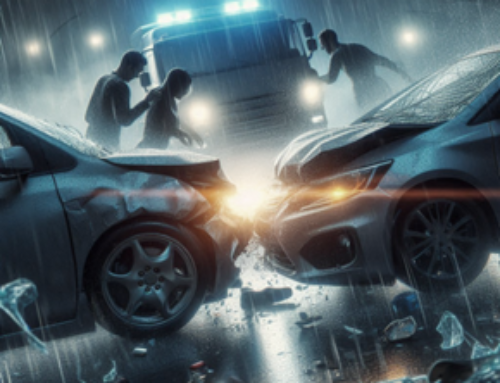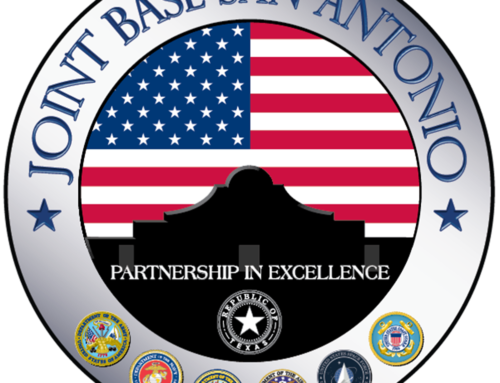
All of us are seeing hybrid, electric, and automated vehicles becoming more and more common. We also can see changes in both state and federal policy towards these vehicles.
On February 11, 2020, the U.S. National Highway Traffic Safety Administration (NHTSA) made an unprecedented change in policy by granting it a temporary exemption for an electric vehicle with an automated driving system – the Nuro R2X.
A low-speed, non-passenger carrying, autonomous delivery vehicle, the Nuro R2X, is the first of its kind to be granted such an exemption for commercial use. According to Nuro, the R2X vehicle will not be equipped with rearview mirrors, a backup camera, or a compliant windshield, as such features are either unnecessary for, or detrimental to, pedestrian and cyclist safety. The exemption was granted to facilitate the development of low-emission vehicles (LEV), and because its equivalent overall level of safety (EOS) was found equal to a nonexempt vehicle.
Since the R2X does not carry passengers, the NHTSA determined certain Federal Motor Vehicle Safety Standards (FMVSS) regulations do not serve to improve safety or performance in the R2X. Specifically, NHTSA found the R2X would be at least as safe as the non-exempt version, and that the exemption would further development of automated and/or low-emission vehicles. “Given that both an exempted and [FMVSS] compliant R2X would have no occupants and would operate without a human driver, compliance with the three requirements from which Nuro seeks an exemption would not provide a safety benefit.” The R2X still will be subject to all other FMVSS requirements for low-speed vehicles.
This granting of Nuro’s exemption signals a shift in federal policy towards automated vehicles. Further changes can be expected: another exemption petition presented to NHTSA is still pending at the agency. That petition is more complicated, requesting exemption from more FMVSS regulations, and, most importantly, would apply to passenger-carrying vehicles. NHTSA’s future decisions based on these petitions will define how automated commercial vehicles are developed, manufactured and regulated, particularly where passengers are involved.
Questions remain:
Is this technology ready to interact with people-operated vehicles on public streets?
What happens in event of a wreck?
Will motorists, passengers or pedestrians be killed or hurt?
If so, who will be responsible?
Time will tell…….
Here is the Nuro R2X






